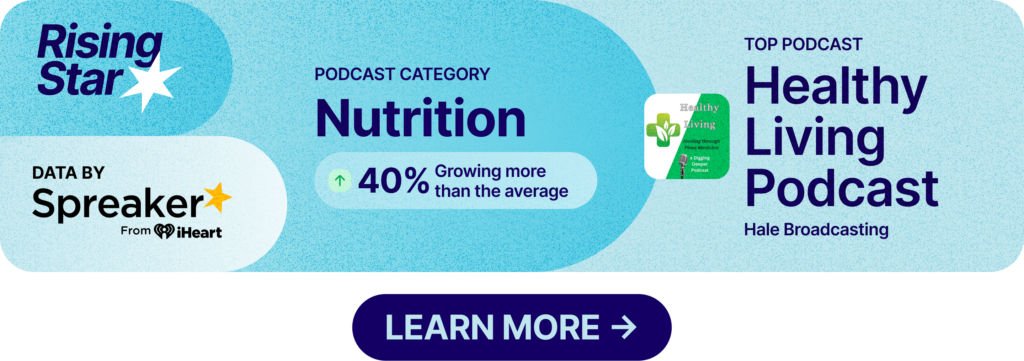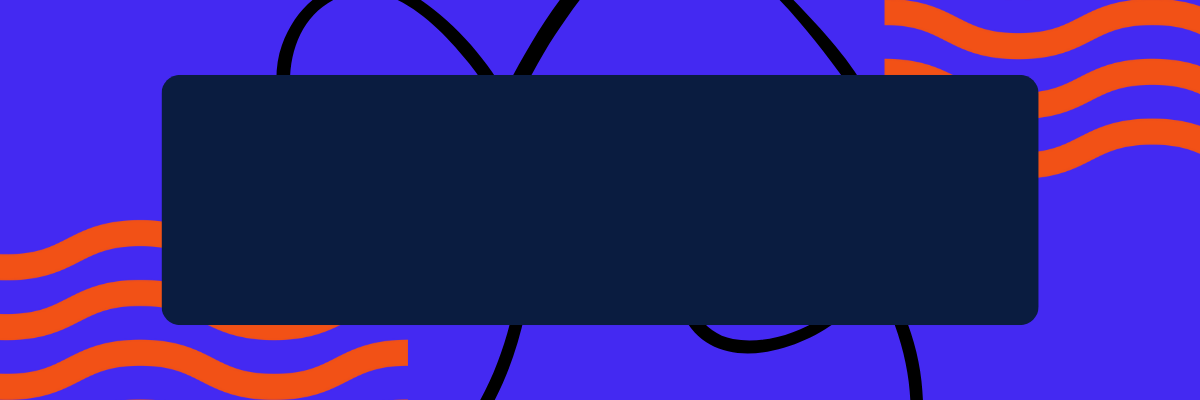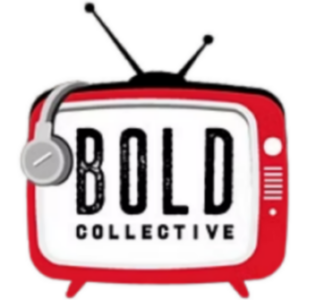
Not All Podcast Ads are Created Equal. Here’s Why by Kedric Walls
While YouTube is a dominant force in platforms for podcast consumption, native YouTube ads can be a jarring experience for audiences that could backfire for brands. Sounds Profitable’s study Sound You Can See: Podcasting’s Video Dilemma found the native YouTube ad was the top complaint of respondents. 43% used the term “annoying,” followed by “disruptive, too frequent, irrelevant,” and “too long.” The way to circumnavigate this issue is focusing on host-read ads when looking at YouTube. A format that both takes advantage of podcasting’s strengths, and allows for more natural transitions to and from advertising content within the program itself. [Source]
Sports has a Gen Z problem
While sports content is no slouch when it comes to ratings, Gen Z raises the question: how does an industry get a generation raised on shortform, edited content to sit down for a live game? Both Gen Z and Alpha have a different relationship with online media. Former Epic Games executive Dylan Collins proposes the two youngest generations are far more likely to be creators instead of consumers when it comes to content. Mike Shields takes that into consideration when pitching the future of sports content as a more communal, interactive experience. Perhaps even to the point of Fortnite collaborations like Travis Scott’s in 2020 and the Eminem experience last December. With the rise of sports podcasting, younger audiences have more opportunity to get attached to individual players, which could lead to more Gen Z being invested enough to tune in for games live on linear TV or streaming service simulcasts. [Source]
Are Podcasts Cool (Again)?
Headlines about podcasting’s bubble and decline were a dour presence through 2023, but Pacific Content proposes the ‘cool factor’ for podcasting never left, it’s simply shifted focus. Major streaming services are regularly producing podcasts to supplement their traditional media, hot influencer-celebrities like Emma Chamberlain are arriving on scene and immediately shooting up the charts. Content creators who already had a background in video production, especially with YouTube, dovetail perfectly into podcasting’s influencer-based ecosystem. Chamberlain stepped into podcasting with a resume of major brands she’d already collaborated with, along with a crowd of similar creators like Alix Earle and GirlWithNoJob. As Matt Mise says in the article: where there’s attention, there’s opportunity. Brands can harness the power of podcasts run by influencers who’ve cut their teeth doing similar work for years and get the benefit of their built-in, engaged audience. [Source]
Hot Pod Interviews NPC Podcast Chief Collin Campbell
Campbell, previously of show development at Gimlet, shares reflections of NPR’s 2023 and where the organization’s podcasting arm aims to go next. For NPR’s broadcast-to-podcast strategy, he points to Podtrac data showing NPR News Now climbed 3 positions in December to reach top podcast in unique monthly U.S. audience. Outside daily news, Campbell points to new seasons of Embedded, NPR’s series showcasing both shortform and longform narrative series in one feed. Through budget cuts and downsizing last year, a common concern was NPR’s history of longform journalism being put on the back burner. Campbell says funding earmarked for continuing seasons of Embedded will serve as a commitment in NPR to keep that kind of content going. [Source]
…as for the rest of the news:amplifi’s Steven Goldstein writes The Truth About Podcasting’s Measurement Makeover, PodBean’s final free live event of “Podcast Launch Month” is this Thursday, and healthcare is projected to invest over $36 billion in U.S. advertising this year (which podcasting could get a cut of).










































































































































































































